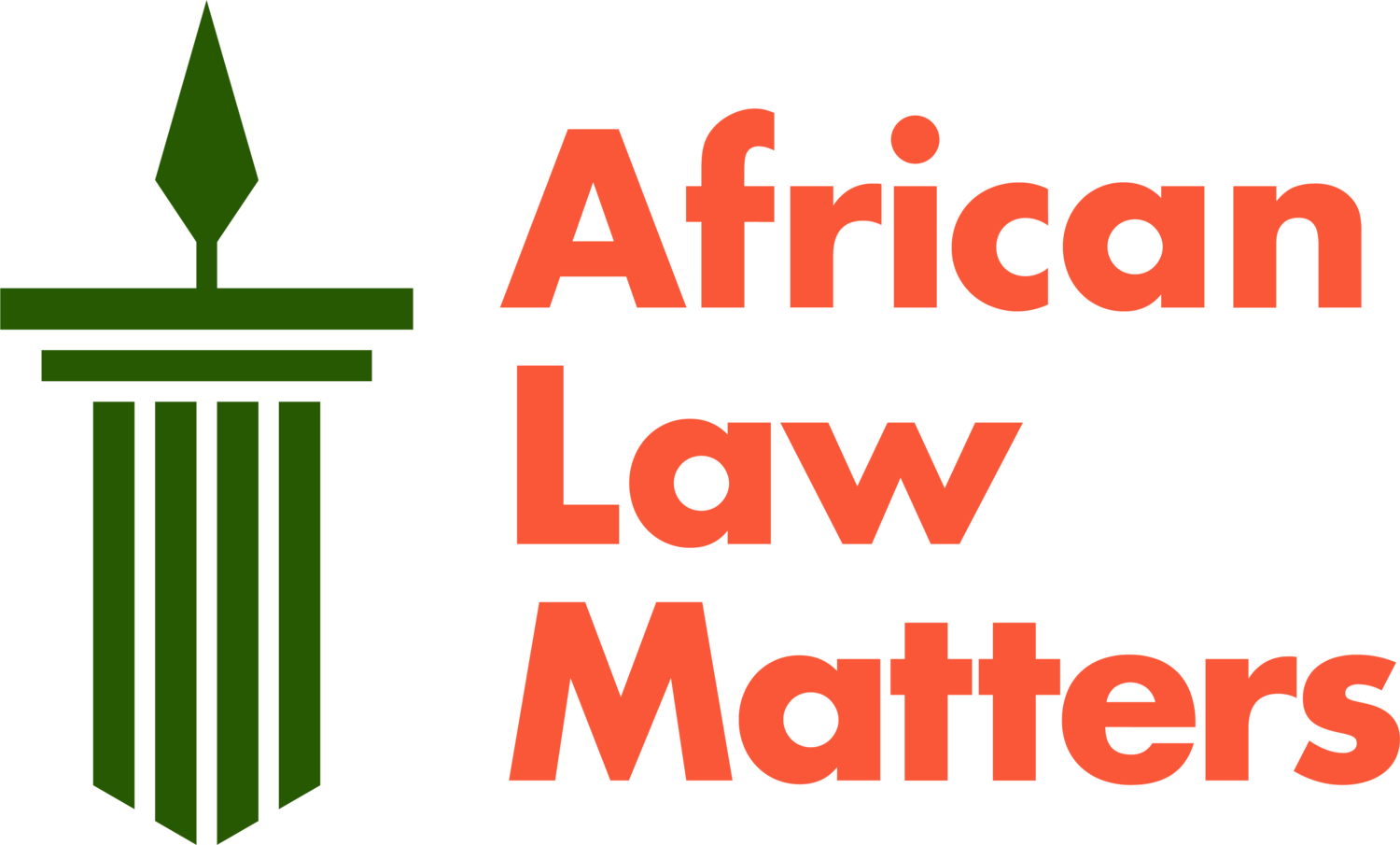Climate Change and Migration: A Complex Web
Climate Change, 14 September 2016, Riccardo Maria Mantero, Creative Commons.
At 3.7 percent, Africa’s carbon emissions are the lowest per capita in the world. Despite contributing the least to the problem, it is among the worst-affected regions and has the fewest resources to adapt to it.
There are countless examples of where climate change is increasing the frequency, intensity, duration, and locations of both sudden- and slow- onset climate impacts. The Horn of Africa countries, which cumulatively contribute 0.1 percent of global emissions, are currently facing their fourth consecutive failed rainy season – a climatic event not seen in at least 40 years. In April, South Africa experienced its deadliest disaster this century when extreme rains caused by climate change trigged floods and landslides that killed more than 400 people, destroyed over 12,000 houses and displaced an estimated 40,000 people.
Climate change is described as the ‘ultimate threat multiplier’. Changes to the natural environment put pressure on social, economic and political systems. As a threat multiplier, climate change exposes and exploits existing vulnerabilities. It worsens pre-existing tensions, weak governance and other socio-economic factors.
Conflict remains the biggest displacement driver in Africa. However, studies have linked a 0.5°C warming with a 10 to 20 percent increase in the risk of deadly conflict. Eighty percent of current United Nations (UN) peace operations in Africa are in countries ranked most exposed to climate change. In March 2021, the African Union Peace and Security Council issued an unprecedented communique dedicated to the effects of climate change on peace, security and stability.
The nexus between climate change and migration is complicated. Migration is a highly personal decision that people make for a range of complex reasons. It is very difficult to isolate climate drivers. Few people migrate ‘because’ of climate change; they migrate because of economic or socio-political factors that are impacted by climate change.
Climate migration is often framed as mass migration from the global south to the global north. Yet, the majority of climate-linked migrants move within their own countries and regions. International migration is expensive and requires connections.
Climate stresses erode human, financial and social capital, and reduce people’s ability to migrate. A 2018 World Bank report predicts that by 2050, there will be 86 million internal climate migrants in Sub-Saharan Africa, and that two-thirds of the world’s population will live in cities.
Urbanisation has significant potential for development, if managed well. Evidence shows that doubling a city’s population increases per capita GDP between 3 and 8 percent. Historically, however, urbanisation has not reduced poverty in Africa. Up to 70 percent of Africa’s urban population is living in ‘slum’ conditions and many African cities are unprepared for rapid population growth.
Many people migrating to urban areas from declining rural environments end up exchanging their vulnerabilities by moving from one form of poverty (rural) to another (slums). Urban planning that mainstreams climate-linked rural to urban migration should be at the core of all climate change responses.
Climate change is also driving cross-border migration and, currently, these people are not protected. While commonly used, the term ‘climate refugees’ is misleading. The 1951 Refugees Convention provides protections for people facing persecution, but does not include environmental degradation or disaster.
The 1969 Organisation of African Unity (OAU) Convention on Refugees expands refugee definitions beyond individuals fleeing persecution to those fleeing generalised violence, but it does not explicitly include environmental degradation. There is more scope to include protection for people from climate-linked impacts using the OAU Convention, but there remains a normative gap in refugee law when it comes to people fleeing climate change impacts.
“Climate change is also driving cross-border migration and, currently, these people are not protected. While commonly used, the term ‘climate refugees’ is misleading. The 1951 Refugees Convention provides protections for people facing persecution, but does not include environmental degradation or disaster."
In 2020, the UN Human Rights Committee ruled for the first time that returning people to countries where climate change has degraded environments to a point where they are incompatible with the right to life and dignity may violate their human rights and be unlawful. However, the ruling ultimately upheld the exclusion of people displaced by climate change and environmental reasons.
The UN High Commissioner for Refugees (UNHCR) claims that the ruling supports its position that people may have valid claims to international protection under existing laws. In 2020, UNCHR published its first guidance on how to apply refugee law in the context of disasters and climate change. It argues that the conventions include people fleeing the effects of climate change and urges decisionmakers to consider how climate change is interacting with broader socio-political issues such as governance, inequality and conflict.
UNHCR’s reluctance to call for new or updated laws reflects, in part, a fear that re-examining refugee laws in the current anti-migrant climate could result in reduced, rather than expanded, protections.
Beyond refugee protection, there is no single comprehensive framework that addresses climate-linked migration. In 2015, 32 African countries endorsed the Nansen Initiative’s Agenda for the Protection of Cross-Border Displaced Persons in the Context of Disasters and Climate Change.
The Agenda promotes a ‘toolbox’ approach – meaning countries should draw on and develop laws and policies within existing frameworks instead of developing new ones. It is governed by a broad range of law and policy networks that address some aspects of the issues including refugee and internationally displaced people protection, human rights law, climate change, disaster risk reduction, transhumance, planned relocation, and migration.
Free movement and integrated regional policies are important but vastly underused tools in responding to climate threats. Migration is an adaptation measure that can help empower people to locate safe and sustainable alternatives. It should be enabled in a safe, regular and orderly manner to maximise development benefits.
Properly implemented regional and continental free movement protocols that enable the free movement of people, goods and services within a region or continent to promote integration would eliminate the need for climate refugee definitions and distinctions.
In June 2021, the Intergovernmental Authority on Development (IGAD) states adopted the IGAD Free Movement Protocol, the first free movement protocol to specifically address people fleeing disasters and climate change. It protects people moving to neighbouring countries before, during or after environmental threats and allows them to remain until it is reasonable to return. This is an important development that opens up the possibility for other regional and continental Free Movement Protocols.
Migration and displacement are some of the most crucial climate change impacts. The issue demands that we approach it in a coordinated manner that, ultimately, upholds human rights and empowers people to adapt.


